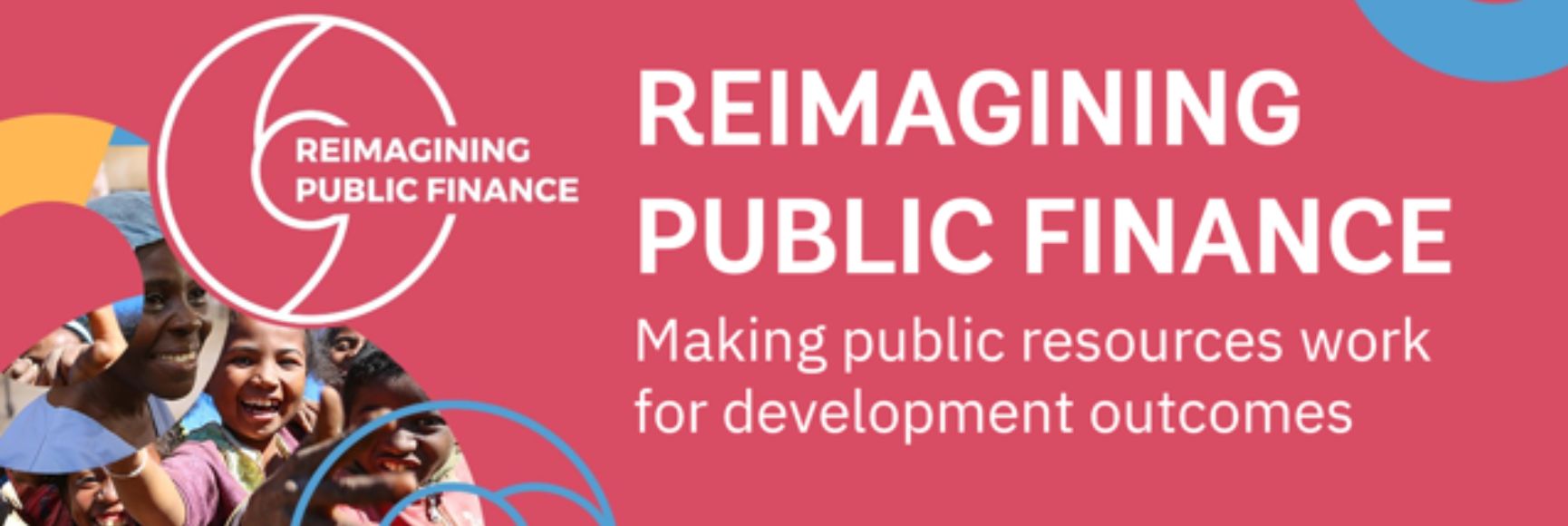Posted by Vera Wilhelm, World Bank
Firmly linking a poverty reduction strategy (PRS) to the national budget is no small task. Integrating planning and budgeting instruments entails technical, institutional and political challenges. It should be of no surprise, then, that a recent review finds that although many low income countries have made progress in strengthening their PRSs, links to budgeting instruments remain often weak (see Country-Based Scaling Up: Assessment of Progress and Agenda for Action, World Bank, 2007). But while the challenges for linking planning and budgeting are large, the task is crucial: without firm links between the PRS and budget, development strategies may not be translated into actions and outcomes.
 A recent publication provides some solace to policymakers and development practitioners. Minding the Gaps: Integrating Poverty Reduction Strategies and Budgets for Domestic Accountability draws on in-depth research from nine low income and four higher income countries. Its basic message: domestic constraints are not reasons to shelve reform efforts entirely; rather, weak capacity and contested ownership underscore the importance of gradual programs to strengthen PRS-budget links, tailor-made to country circumstances.
A recent publication provides some solace to policymakers and development practitioners. Minding the Gaps: Integrating Poverty Reduction Strategies and Budgets for Domestic Accountability draws on in-depth research from nine low income and four higher income countries. Its basic message: domestic constraints are not reasons to shelve reform efforts entirely; rather, weak capacity and contested ownership underscore the importance of gradual programs to strengthen PRS-budget links, tailor-made to country circumstances.
The full text of the report is available for download free-of-charge through the link above.
“Minding the Gaps” highlights three main challenges faced by developing countries in linking PRSs to budgets:
- The obstacles often lie in the instruments and processes of planning and budgeting themselves. PRSs can lack an actionable and prioritized set of development targets and basic institutions of public financial management are often weak.
- Institutional fragmentation between Ministries of Planning and Finance can lead to poor incentives for integration.
- Donors can unintentionally stymie efforts to strengthen linkages by placing excessive demands on external accountability and emphasizing highly technical reform programs.
Based on successful reformers’ responses to these challenges, four lessons emerge:
Lesson 1: Build on the basics. Whether they have been aimed at improvements in planning, budgeting or both, successful reforms have tended to start simply, evolve gradually, and build on pre-existing institutions. A results-orientation cannot be foisted on a country from without through external pressure, but it can develop from within.
Lesson 2: Strengthen domestic support. Strong PRS-budget links require both high level leadership and bottom-up processes. The executive and the cabinet play a key role setting strategic priorities for the budget and in overcoming institutional resistance to integration. Comprehensive and prioritized sector strategies can form a firm basis for both planning and budgeting.
Lesson 3: Foster incentives for integration. Instead of burdening governments with multiple external accountability requirements, donors can support the use of reporting instruments that are clearly linked to domestic policymaking processes. For instance, annual budget reports could be expanded to include both financial and development outcomes, in a way that strengthens domestic accountability while simultaneously meeting donors’ requirements.
Lesson 4: Keep it simple. The best reforms need not entail highly technical approaches to linking the PRS to the budget. Comparatively simple changes can significantly improve the budget’s responsiveness to policies and the PRS’s compatibility with the budget. Reforms should start by making budget execution credible and transparent and the PRS more operational. Once these processes are in place, domestic stakeholders may themselves demand a closer link between strategic planning, budgeting and development outcomes.
For further information contact Vera Wilhelm at vwilhelm@worldbank.org





